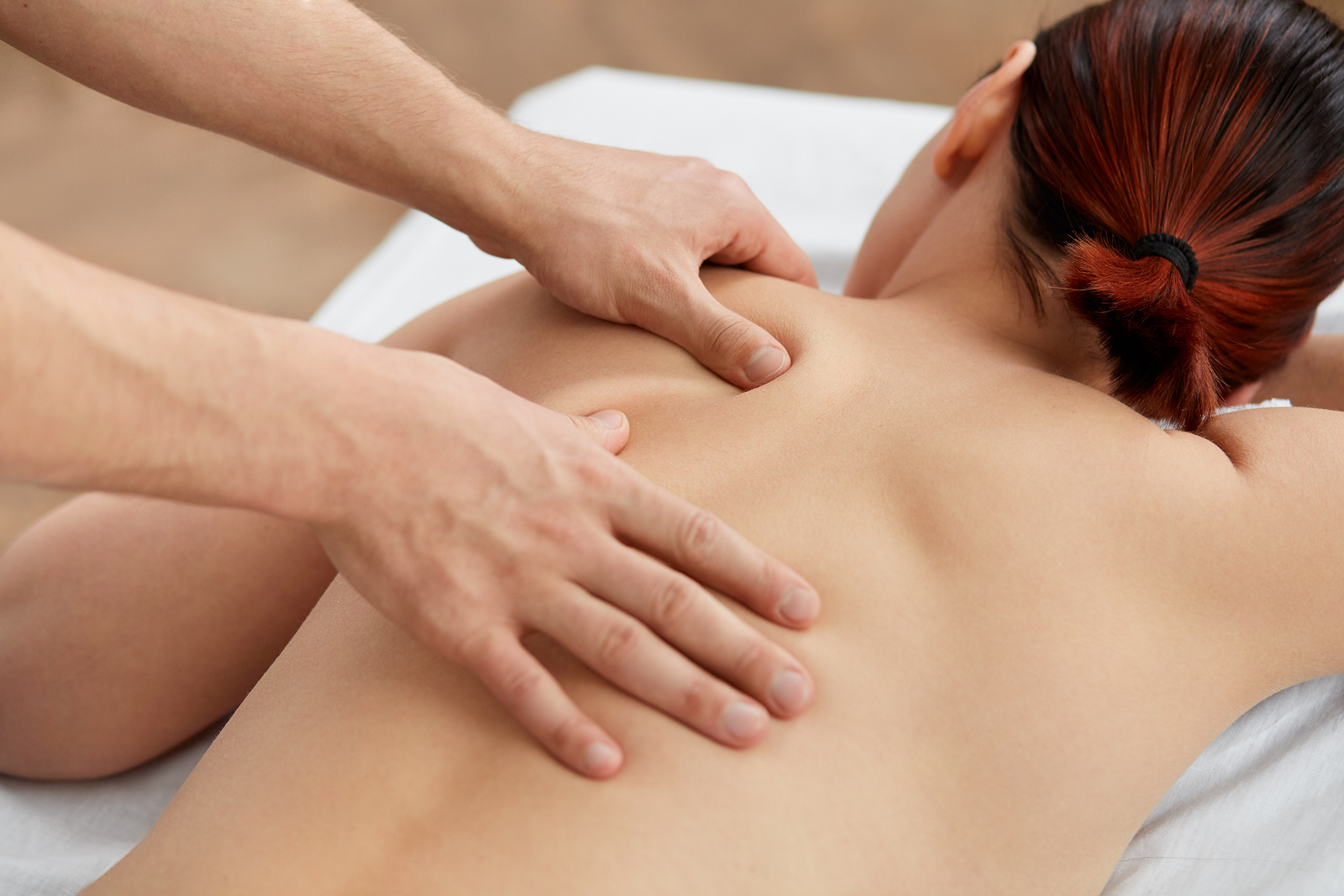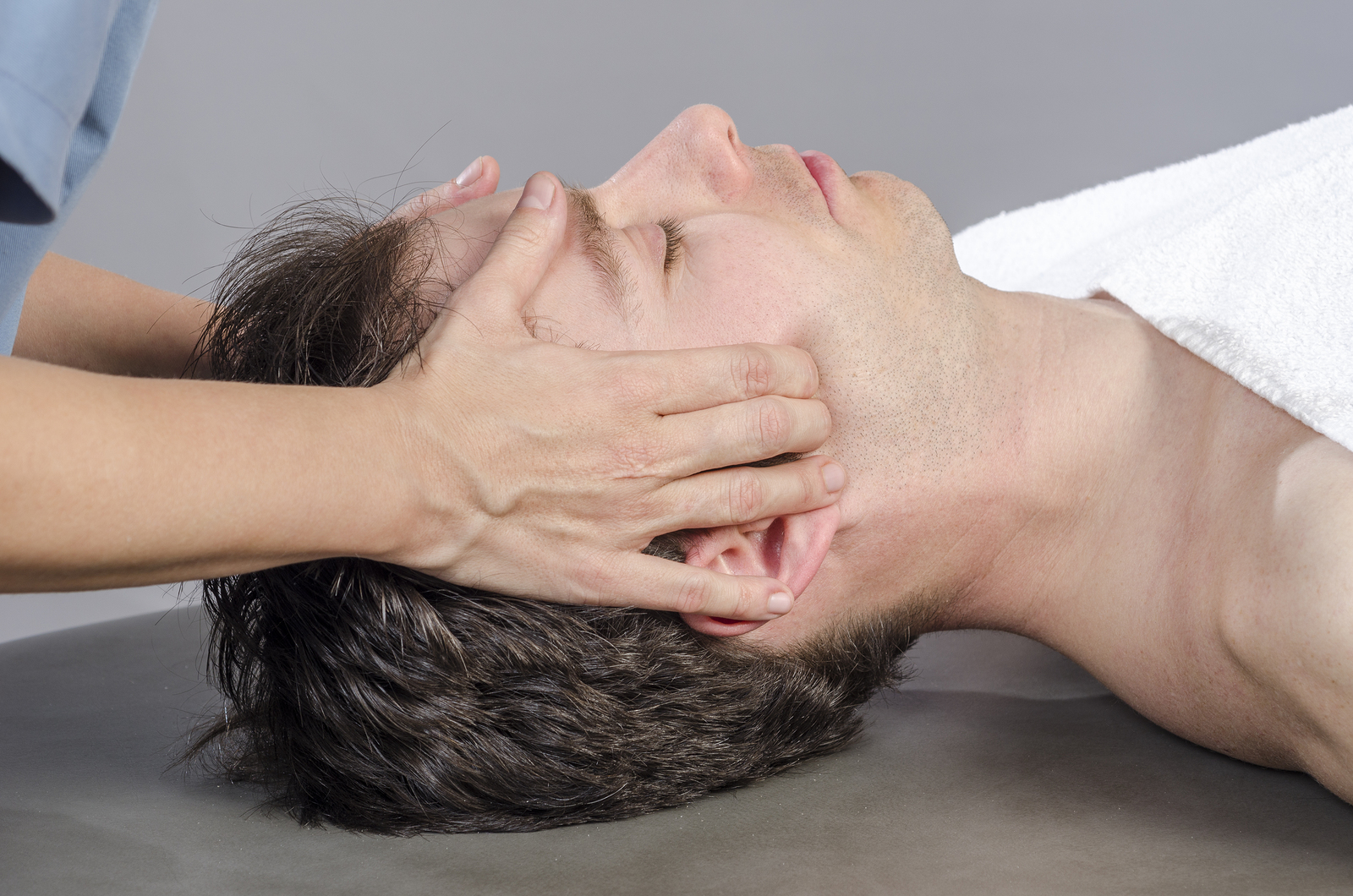Chiropractic Care Can Enhance Your Skiing Performance
Ski season is right around the corner, and fortunately, so is Mt. Bachelor. Get ready for a winter filled with activities like skiing, snowboarding, sledding and more by preparing your body well before you hit the slopes.
It’s no surprise that chiropractic care has the potential to heal common ski injuries, including whiplash and herniated discs. Less obvious is that this form of treatment can also prevent certain strains and sprains during your ski day.
As you schuss down the slopes, you may hit bumps, make quick turns and even take a few falls that can throw your body out of whack. Taking the time to fine tune your body and equipment beforehand reduces the severity of these types of injuries.
Chiropractic care and massage can enhance your ski season in a few ways:
Restores proper balance
Staying upright depends mainly on balance and weight distribution. If your spine is out of alignment, you may have difficulty finding your center and making the small adjustments necessary to get you down the slopes.
Additionally, hours of skiing can cause disruptions in your spinal column. Chiropractic adjustments before and after your ski day may ease back pain in the days following.
Improves Flexibility
Tight muscles and tension increase your chance for spasms while you are on the slopes. Leaning into your turns can stretch your back past its normal range, causing tears or other pain. Massage therapy stretches and loosens tight muscles that may hinder your abilities while increasing your range of motion.
Aids in speedy recovery
Due to the cold temperatures, you may not feel symptoms right away. And while you may not think that your fall affected you, over time even small injuries can cause significant problems. Regular check-ups between ski days will keep you aligned and prevent the escalation of minor issues.
Other ways to prepare for ski season:
While chiropractic care can help you be at your best for snow activities, further preparation can prevent some aches and pains along the way.
- Start strengthening your body now – It takes a lot of core strength to dart through trees and land airtime. Start adding ab exercises to your routine as well as leg workouts to support you on your equipment.
- Warm-up before you ski – It’s essential to warm up before any physical activity, especially in cold temperatures. Start with a few small ski exercises, jumping jacks or squats and lunges to get your blood flowing. Once your body is warmed, do a few dynamic stretches to prepare.
- Get the proper equipment – Make sure all of your gear fits correctly and is in good condition to avoid any unnecessary mishaps.
Make the most of your winter season by participating in all that Mt. Bachelor has to offer. Before you hit the slopes, see a professional about any existing injuries to reduce your risk of further complications. At Bend Total Body Chiropractic & Massage, we want you to live life to the fullest year-round, and that includes moving comfortably and freely down green and black diamond runs alike.










